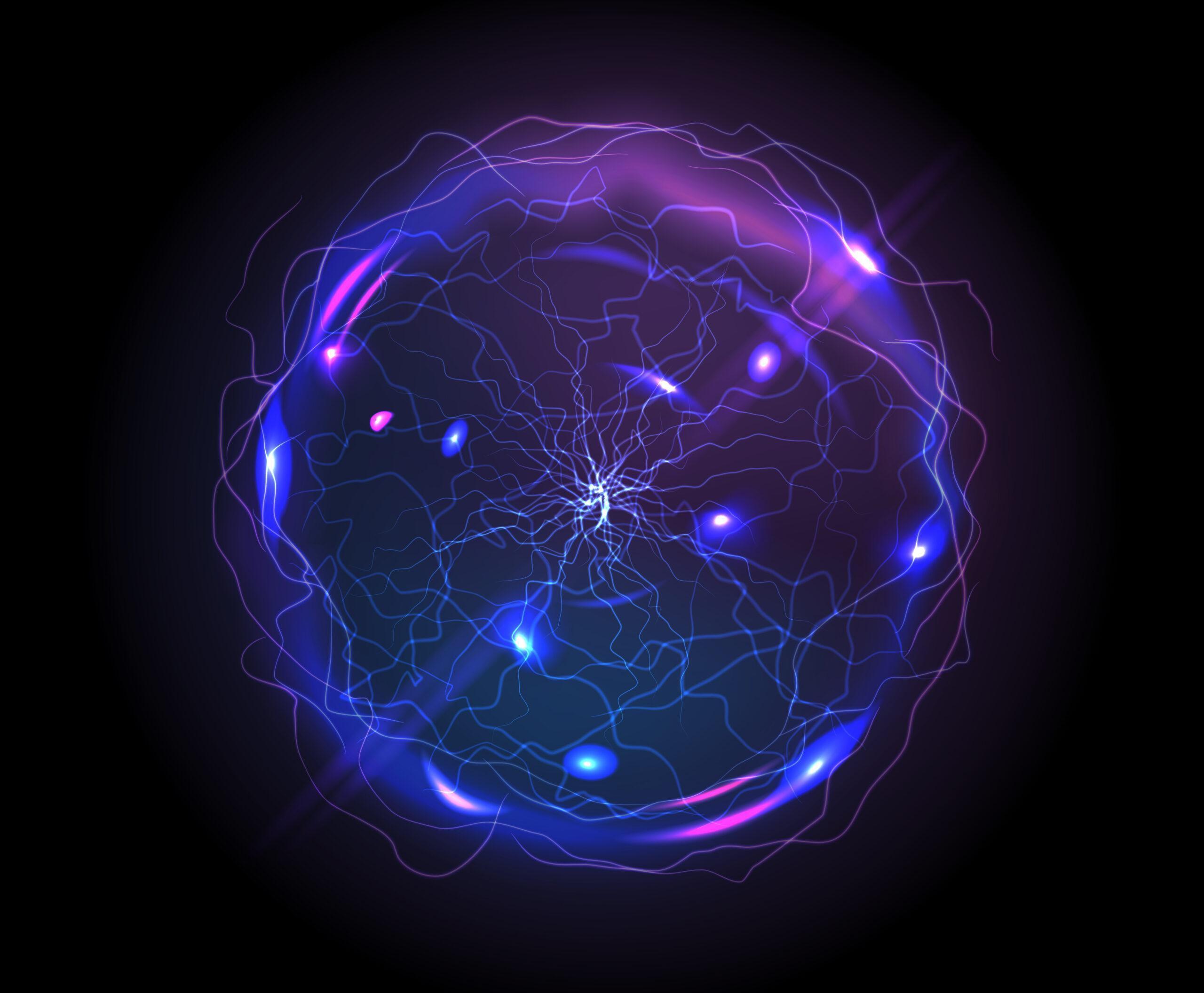Quantum Breakthrough: Scientists Witness Elusive 1D Magnetic Phase Transition for the First Time
A Decades-Long Quest Comes to Fruition
In a landmark achievement for quantum physics, researchers have successfully observed a one-dimensional chain of atoms undergoing a fundamental magnetic phase transition—something long theorized but never before seen in nature or the lab. This discovery, made possible by cutting-edge quantum simulation techniques, opens new doors for understanding exotic states of matter and could accelerate developments in quantum computing and materials science.
Key Discoveries at a Glance
✔ First-ever observation of a 1D magnetic phase transition
✔ 23 ytterbium ions arranged in a line served as a quantum simulator
✔ Quantum trickery mimicked temperature changes without actual heating
✔ Non-local interactions between atoms enabled the exotic transition
✔ Potential applications in quantum computing and novel materials

“We’re trying to understand just the basic states that matter can be in. This is fundamental physics at its most exciting.”
— Alexander Schuckert, University of Maryland
How They Did It: Quantum Engineering at Its Finest
Building a 1D Quantum Magnet
The research team used electromagnetic fields to precisely arrange 23 ytterbium ions into an ultra-cold, nearly one-dimensional chain. This setup functioned as both:
- A quantum computer (with potential for calculations)
- A quantum simulator (to model theoretical physics)
The Phase Transition Breakthrough
Previous theories predicted that 1D magnets should lose their magnetization when warmed, due to quantum effects. However, actually observing this required overcoming two major challenges:
- The Temperature Paradox
- Quantum systems typically only work at near-absolute zero
- Heating them would destroy their quantum properties
- The Dimensionality Problem
- True 1D systems don’t exist naturally
- Most materials have some 2D or 3D interactions
The ingenious solution:
Rather than physically heating the system, researchers programmed the initial quantum state to evolve as if it were warming up. This virtual “temperature increase” allowed observation of the phase transition while maintaining the ultra-cold conditions needed for quantum coherence.
Why This Matters: Beyond Textbook Physics
1. Confirming Theoretical Predictions
The experiment validates long-standing theories about:
- How quantum fluctuations can destroy magnetic order
- The special behavior of strictly 1D systems
2. New Tools for Quantum Exploration
The success demonstrates that quantum simulators can:
✔ Study states of matter that don’t exist in nature
✔ Probe theoretical physics in practical experiments
✔ Potentially explain strange material behaviors observed in labs
3. Future Applications
- Quantum Computing: Better understanding of qubit interactions
- Materials Science: Designing novel magnetic materials
- Fundamental Physics: Testing theories of quantum matter
“This will suggest new physics to explore. The next step is expanding to 2D arrays of ions.”
— Andrea Trombettoni, University of Trieste
The Quantum Magic Behind the Scenes
Non-Local Interactions: Defying Classical Physics
The phase transition only occurred because the researchers engineered interactions between non-adjacent ions—something impossible in normal magnets. This allowed:
- The entire chain to behave as a coherent quantum system
- Emergence of collective behaviors not seen in nature
Temperature Without Heat
By carefully tuning:
- The spin states of each ion
- The interaction strengths between them
The team created a system that mathematically equivalent to a warming magnet, while physically remaining ultra-cold.
What’s Next? Expanding the Quantum Frontier
Short-Term Goals (Next 5 Years)
- Develop higher-temperature quantum simulators
- Create larger 2D arrays of interacting atoms
- Study more complex phase transitions
Long-Term Possibilities
- Room-temperature quantum simulators
- Designer quantum materials with tailored properties
- New states of matter beyond current theories

